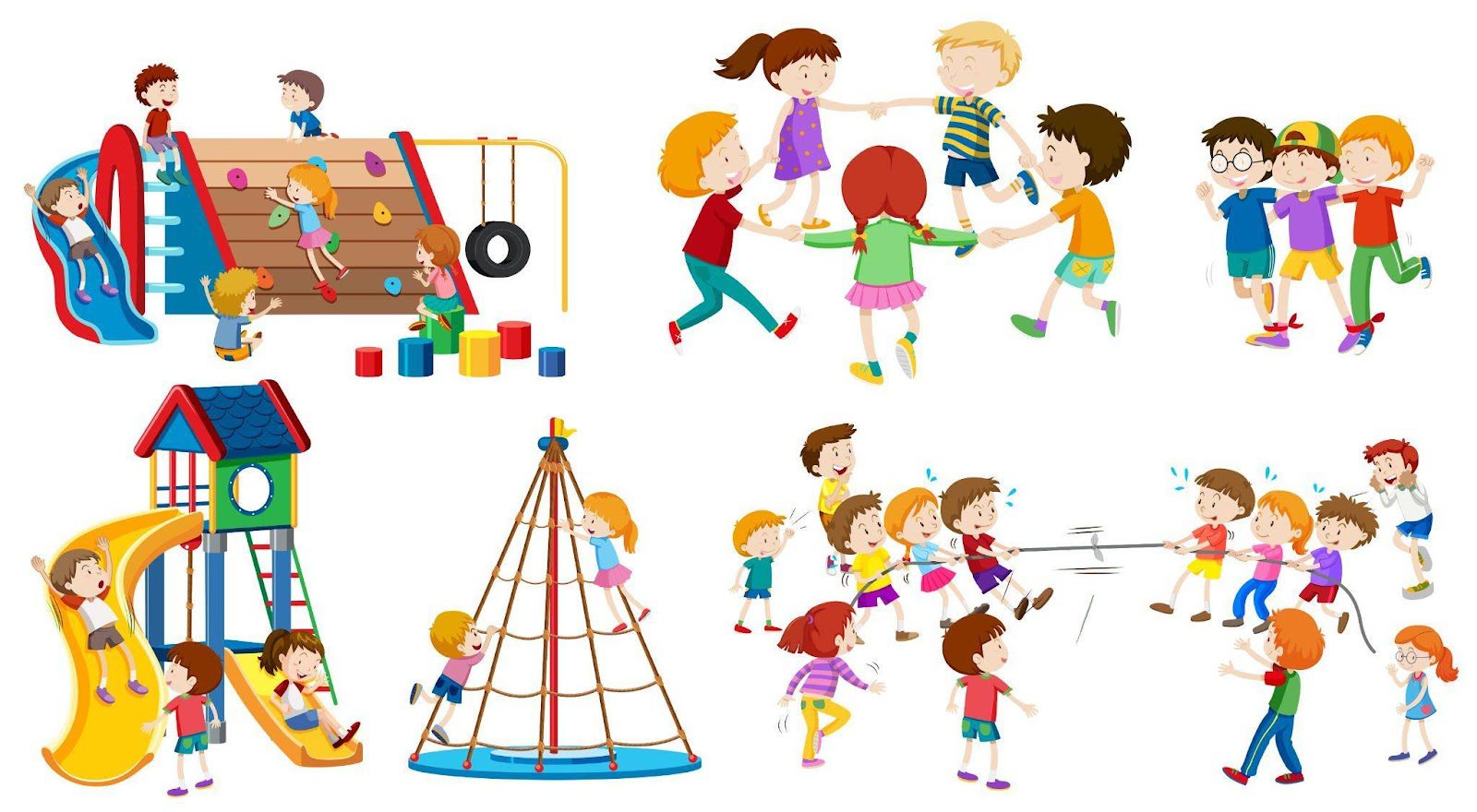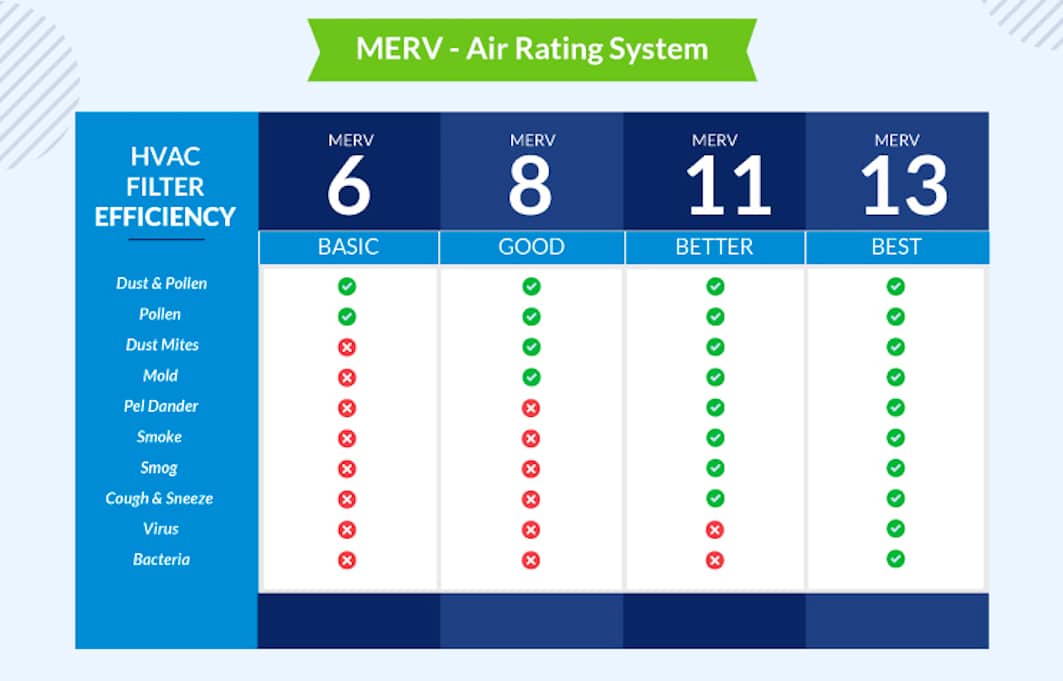Using Minimalist web design inspiration in your site’s design

Minimalist web design inspiration
Web design has been rocked over the last couple of years by various trends that have come and gone. A popular trend today that seems to have staying power is minimalism. It’s a timeless concept that’s been popular in various mediums throughout the ages. So,the question is, why isn’t minimalism also popular in web design?
Minimalism not only looks nice but it enhances the user experience. A complaint of many users has been that some websites are too complicated to navigate. There’s just too much going on in them that makes the user’s experience less than what ought to be.
There are several KEY design steps you can use to add the concept of minimalism to your site.

1. Embrace flat design
Flat design is essentially the design world’s answer to skeuomorphism, which has fallen somewhat out of favor recently. Flat design is characterized notably by an absence of drop shadows, gradients and 3D effects. It also uses bold and vibrant colors that draw the eyes of users.
Microsoft has embraced flat design in an impactful way, especially with its Windows 8 operating system. On the company’s official website for version 8.1, flat design is featured almost everywhere. You will see no evidence of shadows or gradients; you only see 2D in everything. The typography of various fonts for the headlines and body copy feature no different textures at all; the page layout is clean with no clutter; and icons and buttons are as vibrant and flat as can be.
2. Use lots of white space
Negative or white space isn’t just an exceptionally smart design element that leads the user’s eye where you want it to go on a webpage. It’s also a standard-bearer for minimalism design. More and more sites have gone to this design technique because they know how beneficial it is.
The best example of negative or white space on the Internet is probably the site that you would never associate it with, because you probably take it for granted: Google Search.
Google Search is a study in white space. Because the purpose of the site is searching, Google has cunningly utilized such an abundance of negative or white space on the pages that users are never distracted by anything else while searching. All elements have been removed and white space surrounds the search bar, directing the user’s eye to exactly where you need to type in your search.
8 Basic Rules for Designing a Website
3. Limit choices
A big rule in increasing conversions on e-commerce or B2B sites is to remove the number of choices your users, buyers or visitors are given. When you take away as many choices as possible, you keep your visitors from becoming distracted by anything that impedes them from completing the goal of the page, to convert them. Less choices is a great example of minimalism in web design.
One of the best places to see how minimalism of choice works well is in landing pages. The landing page should make very clear what the next and only step should be for visitors: to convert by typing in the text or uploading a file for translation.
4. Focus on bold typography
In a single column layout, you can’t miss bold typography. It’s an approach to minimalism that may be too extreme for some tastes, but it still accomplishes a very important aims. Since the navigation is basically squeezed into the single-column layout, the page gets right to the point about its mission and what the primary point is that the designers want you to focus on.
5. Simplify navigation
The navigation menu is often overlooked when there’s a discussion about minimalism in site design. But it can be a huge contributor to making minimalism work on your site.
A navigation menu that’s not intrusive and blends quietly into the background is KEY to making a site minimalist on a functional level.
6. Use color in patches
Using a few small patches of color in your site design lets you adhere to the minimalist approach, and it also makes it easier for site visitors to realize what’s important on any given page. Incorporating small pops of color here and there lets you succeed in drawing your visitors eyes to specific areas of importance.
Minimalism works best if you know how to use it. When you mention the word “minimalism” to some designers, they may become a little apprehensive because they may think that an overly simplistic site design won’t be attractive. However, nothing could be farther from the truth. When minimalism is done right in site design, it can lead to some new and hot trends like flat design, or it can help make site owners more money by increasing conversions when there’s a limited choice.
Minimalism creates a clean and well-organized website that makes things easier for your site visitors. That’s the KEY reason you should consider its use in your site’s design.
Author Bio
Raadberg is a web editor in Key Difference. He like to write new articles for different bloggers and it will be based on Social, Business and Technology.



